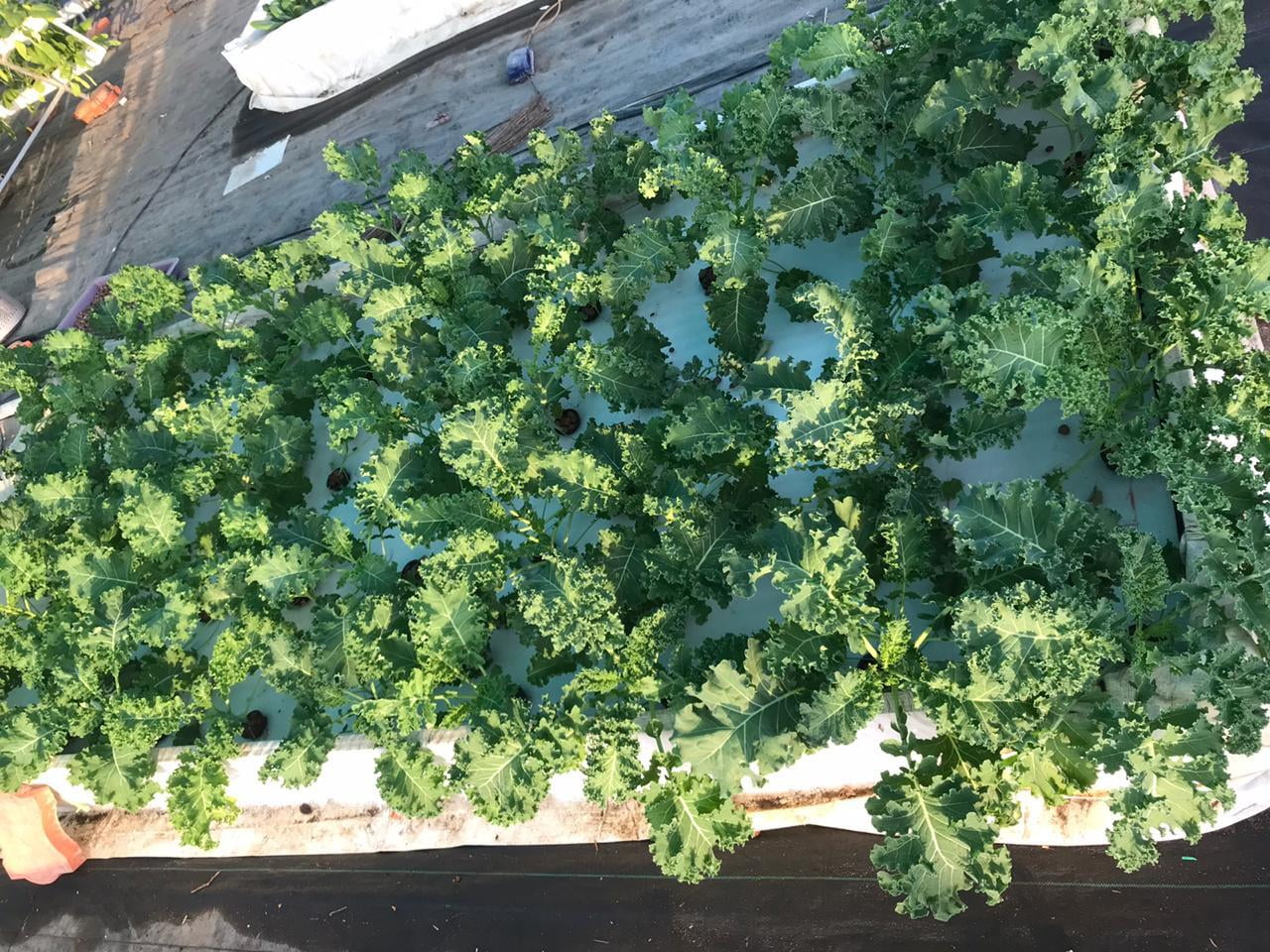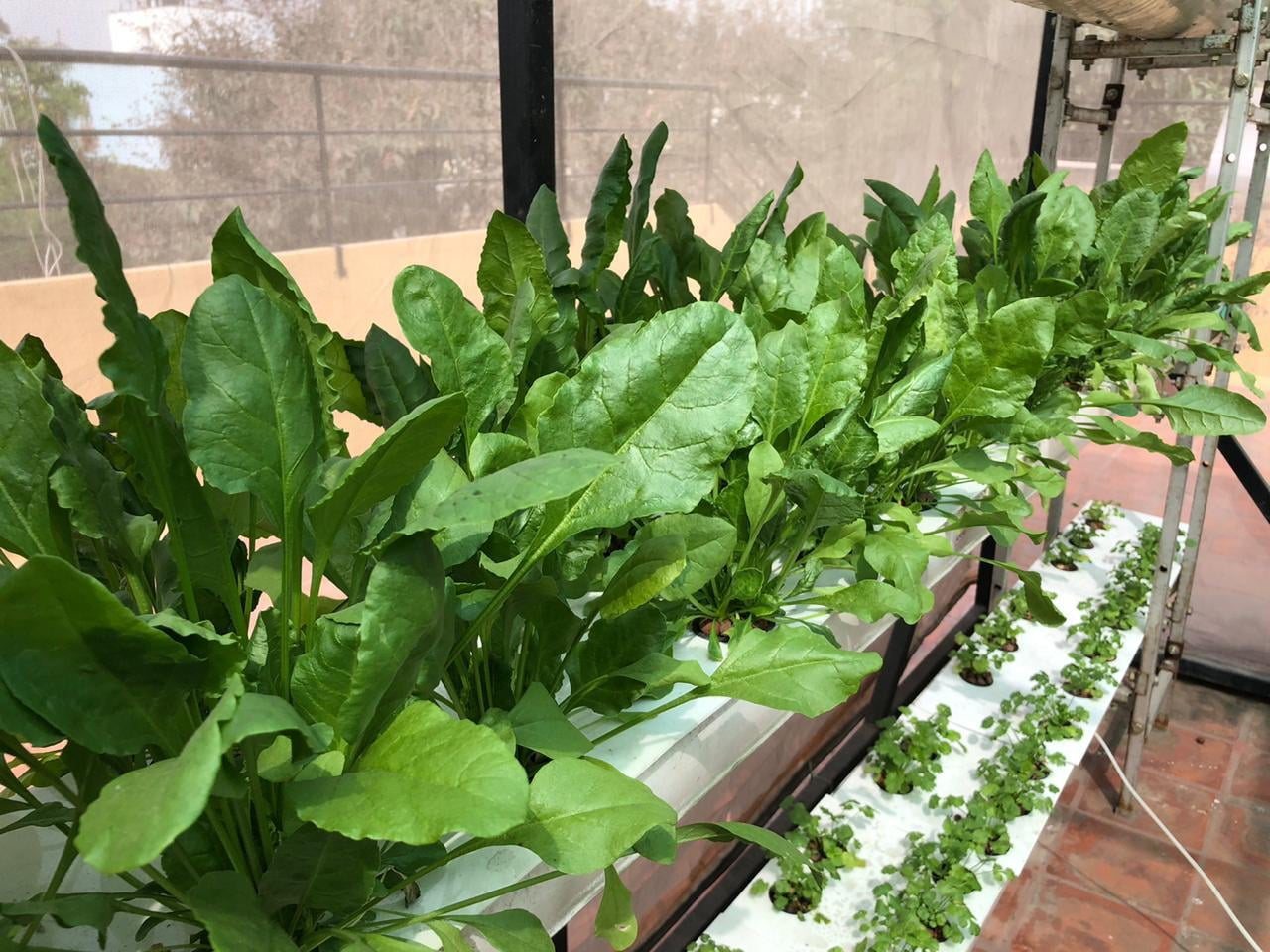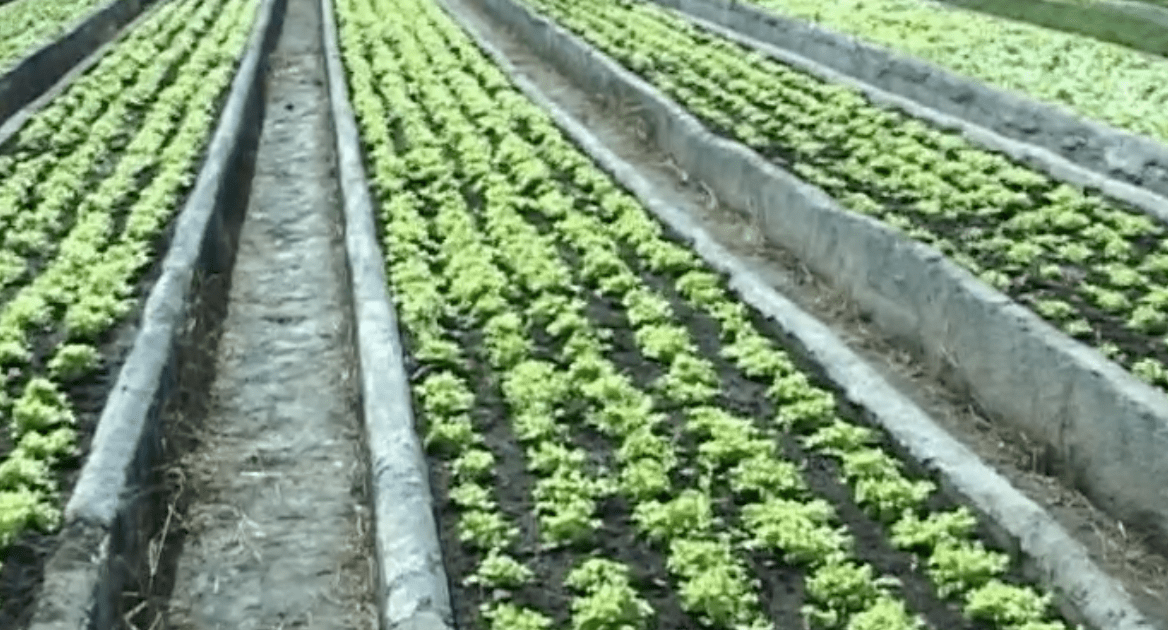Update: May 2021
The below blogpost was written in 2019. Though the concept and underlying principles remain the same, the pricing changes year on year. Do add an inflation of 8% to 10% year on year to arrive at current prices. We have updated the summary figures to reflect 2021 pricing below in green colour.
Today's topic is a little complex, as when it comes to DWC Hydroponics, the cost dynamics can vary a lot depending upon the way one chooses to implement this technology.
Unlike an NFT, or Dutch Buckets, or Vertical tower system, which is pretty consistent in terms of equipment requirements and costs, a DWC system, offers a multitude of options when it comes to the choice of structural design and layout. These different options can lead to a wide variation in costs.
This article assumes that the reader is aware of the basic concepts of Deep Water Culture or DWC. Similar cost dynamics will apply for 'Kratky' method of Hydroponics (barring the cost towards Air Pumps).
Choice of DWC Structure
The following is not a scientific classification, but for a layman's understanding, we will group the multitude of DWC structures into two classes.
Floating Lid System
in this kind of system, the bottom tray stores the nutrient solution. The top cover floats over the nutrient solution. It is the top lid that supports the crops. The roots of the plants remain immersed in the Nutrient Solution at all times.
The adjoining image shows Kale growing in a floating lid DWC system in CityGreens Research Centre in Ahmedabad.
Fixed Lid System
in this system, the cover remains fixed at the top of the tray (instead of floating over the nutrient solution). As the nutrient level decreases in the tray, the roots grow downwards to be able to continue to draw the nutrients. This design will leave the upper part of the roots in the air (using which plant can draw Oxygen) and the lower part in water (using which plant can draw water and nutrients).
Adjoining image shows Spinach growing in a fixed lid DWC system in CityGreens Research Centre in Bangalore.
Grow area inside 1 Acre
The above two structures are ok for a small or hobby set-up. When setting up a 1 Acre farm, instead of buying trays and trying to operate them in isolation, one can go for creating connected DWC channels on the ground.
Let us now try to identify the amount of space that can be utilized for DWC set-up in 1 Acre. For this calculation, we will go back to last week's article about setting up an NFT Hydroponics farm in 1 Acre. From that article, we will work with 29 growing columns of width 1 m each. However, unlike in NFT, we are not restricted by the standard size of NFT channels. Thus, instead of 48 m of row length, we can use, let us say, 56 meters (leaving 2 m on either end).
This design gives us an approximate growing area of 1,624 sq M (=29x56). One can increase the growing area by reducing the generous spacing between consecutive columns (which we have kept at 1m to enable a couple of persons to be able to walk through / work together). However, to maintain consistency in this series, we will work with an inter-column spacing of 1 m.
DWC Structure cost for 1 Acre
Creating such a structure may cost between ₹1,400 to ₹1,600 per sq M at the going rates. As such, creating the DWC channels in one acre may require between 23 L to 26 L (28L to 32L in 2021).
Further, there will be costs towards air pumps, plumbing, stirrers, sensors, and other equipment to ensure the optimal distribution of nutrients in the DWC channels. To maintain consistency, let us keep this number at 15 L (25L in 2021), like in the NFT example (including the cost of servicing agency).
Thus, overall a DWC Hydroponic set-up in 1 Acre can cost approx. 40 L (53L to 57L in 2021) for the DWC structure set-up.
As clarified in last week's cost, PN that:-
- It does not include cost towards the outer structure that we had covered here.
- It does not include the cost towards automation and the nutrient supply system, which we will cover at a later date.
- The above is an average case scenario; these will differ from cases to case and site to site.


